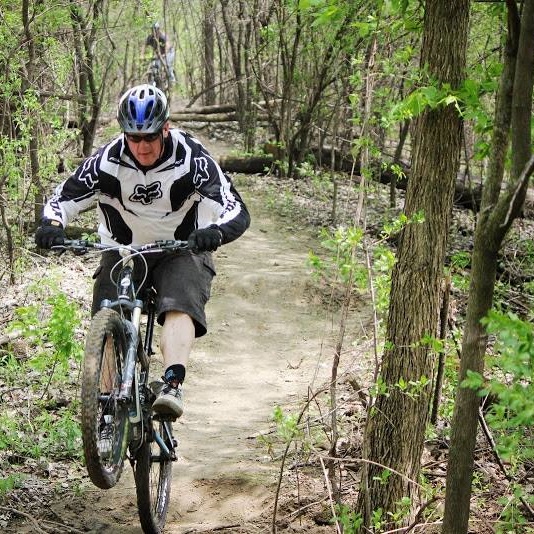Tag: LOOK
-

A clipless pedal is a quick and easy upgrade to make your next ride better
There is a simple equation that always holds true why use clipless pedals: control = comfort. By securing your feet in place with a clipless pedal you can use muscles more efficiently, relieve excessive strain on your feet and be connected to your bicycle more directly. Depending on your riding style, read on to see…
-

Cycling Shoes: What Are The Differences and How To Make Sure They Fit
Cycling shoes can help you ride longer, faster and in greater comfort but only if you get ones that fit well. Read on to see what makes cycling shoes unique and how to find the right ones for you.
